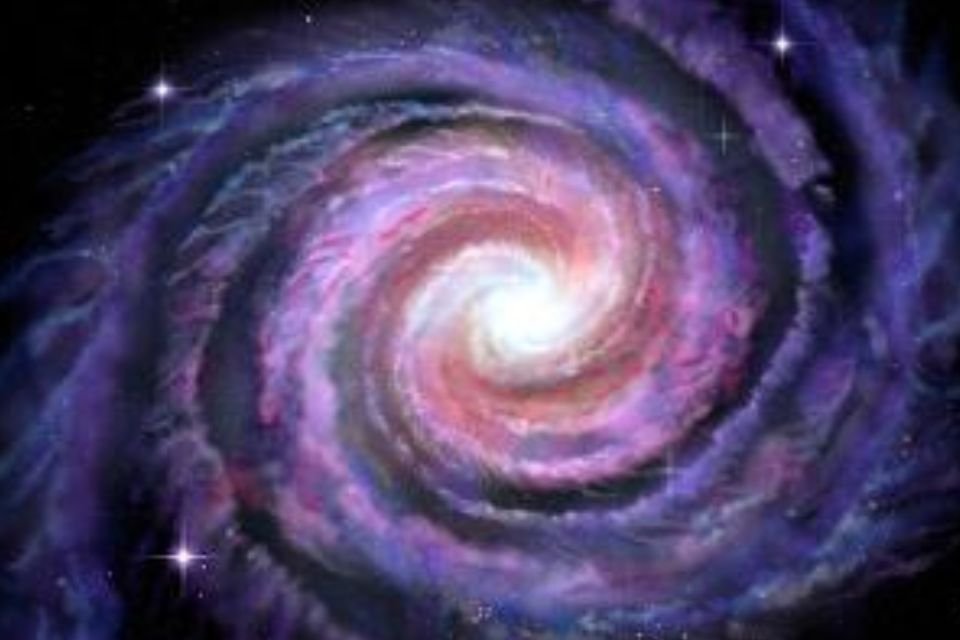In a study published in the scientific journal Monthly Notices of the Royal Astronomical Society, a researcher Map and study the spiral arms of the Milky Way. He proposes that it is possible to map the region through a process known as chemical cartography, influenced by a method created shortly after the invention of mathematical computation.
Chemical mapping is possible by calculating the presence of young stars in a particular area of space, according to study author Keith Hawkins and an assistant professor at the University of Texas in the United States. The scientist explains method can predict the existence of the spiral arms of our galaxy.
What are spiral arms?
Our galaxy is elliptical and has four main spiral arms in addition to smaller ones. The arms are made up of cosmic dust, gas, and billions of young stars..
Chemical mapping detects through the ‘metals to hydrogen ratio’ found on a star’s surface; young stars have higher metal levels. Normally, chemical cartography is used in regions where scientists cannot observe the illumination of stars..
“Like the early explorers who created better maps of our world, we are now creating better and better maps of the Milky Way. A big implication is that the spiral arms are actually richer in metals. This shows the value of chemical cartography in determining the structure and formation of the Milky Way. It has the potential to completely change our view of the galaxy,” Hawkins said.
Chemical mapping and spiral arms
The researcher used a chemical mapping process based on data from the Chinese LAMOST Telescope and the Gaia satellite. A specific region of about 32,000 light-years across the Sun has been observed.
After comparing the map with other maps in the same region of the Milky Way, Hawkins confirmed that these are the spiral arms of our Galaxy. According to research, theoretically, metal-rich cosmic objects are often lined with spiral armswhile those with reduced metal content fill the spaces between the arms.
Because we live inside the Milky Way, the spiral arms may be more difficult to visualize, so chemical mapping may be the answer. For Hawkins, next telescopes will be able to provide better quality data for mapping the galaxy and provide more information about the spiral arms.
“Comparing his own map with other maps from the same region of the Milky Way, the spiral arms lined up. Also, because the Hawkins map identified the spiral arms based on metallicity, not light emitted by young stars, new regions emerged that had not been mapped before,” the official statement on the study said.
Stay up-to-date on the latest astronomical work at TecMundo. If you wish, take the opportunity to see a 10 terabyte photograph of the Milky Way.
Source: Tec Mundo
I’m Blaine Morgan, an experienced journalist and writer with over 8 years of experience in the tech industry. My expertise lies in writing about technology news and trends, covering everything from cutting-edge gadgets to emerging software developments. I’ve written for several leading publications including Gadget Onus where I am an author.













